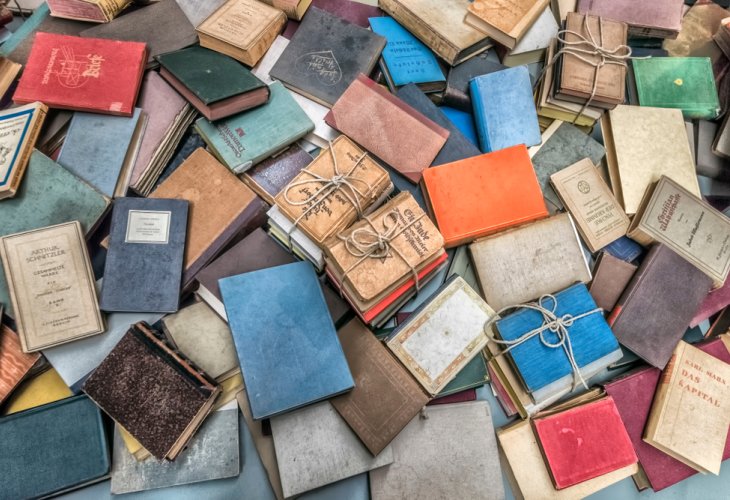History and Archaeology
The Rediscovery of “Imrei Moshe”: The Lost Torah Masterpiece Reborn After the Holocaust
How a single forgotten copy in the Steipler Gaon’s library brought back a vanished classic of Lithuanian yeshiva scholarship
 (Photo: shutterstock)
(Photo: shutterstock)When the great yeshivot (Torah academies) were reestablished in Israel after the Holocaust, the rabbis and students longed for the brilliant insights and original commentaries of the revered “Imrei Moshe.” However, the book had vanished and was nowhere to be found. In despair, many assumed it would remain only a memory, another Torah treasure lost to the fires of Europe.
A World Erased
The Holocaust of European Jewry left the Jewish world in ruins.
Millions were murdered in unspeakable ways and thousands of communities, yeshivot, synagogues, and dynasties were obliterated. Only fragments of that world survived.
Among the cities wiped out was Brisk, Lithuania, once a great center of Torah and scholarship. Many of its rabbis and students were killed al kiddush Hashem — sanctifying God’s Name through martyrdom. A small number escaped, including two young men who would later become giants of the generation — Rabbi Moshe Soloveitchik and Rabbi Aharon Leib Shteinman. They fled to Switzerland before the war, evading military conscription — and thus survived.
The Forgotten Genius of Rabbi Moshe Sokolovsky
One of the leading scholars of Brisk was Rabbi Moshe Sokolovsky, Rosh Yeshiva and towering genius. In his youth, he wrote a book titled “Melechet Yom Tov,” but it remains little known — for a remarkable reason.
At just 24 years old, he met Rabbi Chaim Soloveitchik, the founder of the Brisker method, and engaged him in deep Torah discussion.
That encounter transformed his entire approach to learning, and Rabbi Moshe decided that his earlier work no longer reflected the truth he had discovered. He declared that “Melechet Yom Tov” would never see the light of day. Only after his passing was the manuscript finally printed.
His later work, however, became a cornerstone of yeshiva study — the legendary “Imrei Moshe.” It delves into the most fundamental and analytical Talmudic topics with depth, precision, and creativity.
In prewar Lithuania, Imrei Moshe was found in every yeshiva library, its pages worn and frayed from constant use.
Lost in the Flames of War
Rabbi Moshe Sokolovsky passed away before World War II, during a lecture on the tractate Yevamot. In the midst of explaining a difficult passage, he suffered a fatal stroke and never regained consciousness.
His book lived on as a classic of Talmudic thought, but when the Nazis crushed the yeshivot of Lithuania, no surviving student carried a copy with him. Those who escaped did so with their lives alone — not with books.
When new yeshivot were founded in Israel, rabbis and students spoke wistfully of the “Imrei Moshe” they had once studied, but no copies remained. It seemed destined to become a lost legend, like so many other works of Torah brilliance consumed in the Holocaust.
The Steipler's Copy
Then, in Bnei Brak, lived the Steipler Gaon, Rabbi Yaakov Kanievsky, a graduate of the Novardok yeshiva. By chance, he heard that some young men were searching for Imrei Moshe.
The name stirred his memory, and he recalled that during a visit to Brisk, Rabbi Moshe Sokolovsky himself had gifted him a copy of the book.
The Steipler retrieved the volume from his library, and with that, the “lost” sefer returned to life. Yeshiva students rejoiced. The book was photographically reprinted and distributed throughout the yeshiva world. Later, new and beautifully typeset editions were published, restoring it to its rightful place in Torah study.
The Legacy Lives On
Today, Imrei Moshe is once again a staple in every yeshiva, especially for those studying Tractate Yevamot — where no serious student begins without it.
A book once thought to be buried in the ashes of Europe was resurrected in the Land of Israel, linking the lost world of Brisk to the revival of Torah after the Shoah.

